0 x item(s)
- 7F-056-034 Dapol Standard Plywood Van Brewdog Wingman IPA
- 4S-006-020D Dapol 14XX Steam Loco - 1405 - BR Black
- R30405 Hornby Saint 4-6-0 Steam Locomotive 2975 Lord Palmer
R30405 Hornby Saint 4-6-0 Steam Locomotive 2975 Lord Palmer
New release - pre-orders invited - expected 2025/2026. preauthkernow
After the Great Western Railway converted the last of its broad-gauge lines to standard-gauge in 1892, it set about a period of modernisation and, in the first decade of the 20th century, its Chief Mechanical Engineer, George Jackson Churchward, was tasked with designing a new range of standardised locomotives for its ‘new’ railway. To help him do this he designed or acquired a number of experimental locomotives of varying wheel arrangements and boiler designs and the first of these was a two-cylinder 4-6-0, designed in 1901 while he was still Chief Assistant to his predecessor William Dean, who retired in 1902.
Between 1902 and 1905, Churchward built and tested three prototype locomotives before settling on the third of these, No. 171, as the basis of his new production series. In total, 77 of the two-cylinder 4-6-0s were produced at Swindon, though 13 of these were initially built as 4-4-2s as Churchward was still unsure of the relative merits of the 4-4-2 and 4-6-0 wheel arrangements, having spent some time evaluating a French de Glehn 4-4-2 compound engine acquired as part of his ‘experimentation’. These 4-4-2s were converted to 4-6-0s in 1912/13 as Churchward was persuaded by the superior adhesion provided by the 4-6-0. The new locomotives proved highly successful, so much so that they established the design principles for GWR 4-6-0s for the next 50 years and, influenced the design of similar 4-6-0s with other British railway companies.
Of the first 19 locomotives, numbered 172-190, 12 were named after characters in the Walter Scott novels, with Directors of the GWR using up the remaining names. A second batch of similar locomotives was named after historical, mythological or poetic ‘Ladies’, while a third series of 20, built in 1907, were all named after ‘Saints’. A final batch of 20 produced between 1911 and 1913 was named after famous ‘Courts’.
Despite differences between the various batches built at Swindon, all 77 locomotives were grouped together as the GWR’s ‘2900’ Class and were collectively referred to as ‘Saints’. However, none of the class survived, the last being withdrawn in 1953, though an example has been recreated by back-converting an example of the subsequent development of the ‘Saint’ – the ‘Hall’ Class – into No. 2999 ‘Lady of Legend’.
Entering service in March 1905, initially as the unnamed No. 175, it was given the name ‘Viscount Churchill’ in 1907 and was numbered 2975 in December 1912. In February 1924, the locomotive was renamed ‘Sir Ernest Palmer’, but following the raising to the peerage of Baronet Palmer in June 1933, it was subsequently renamed ‘Lord Palmer’ in the October of that year. The locomotive was extensively damaged
in an accident while hauling a goods train at Appleford in December 1942 and was finally withdrawn on 30 November 1944 from Bristol Bath Road shed after a creditable 39 years and nine months of ser vice
Related Products
-
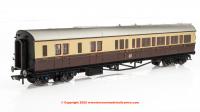
R40465 Hornby GWR Collett Bow End Coach Corridor BRK 3rd LH 5040
-
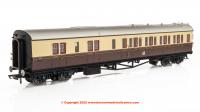
R40466 Hornby GWR Collett Bow End Coach Corridor BRK 3rd RH 5041
-
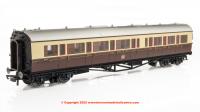
R40467 Hornby GWR Collett Bow End Coach Corridor Comp LH 6521
-
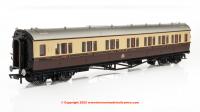
R40468 Hornby GWR Collett Bow Ended Coach Corridor Comp RH 6522
-
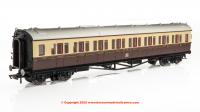
R40469 Hornby GWR Collett Bow Ended Coach Corridor 3rd 5017
-
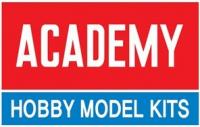
Academy Models
-

Accurascale
-

AFV Club
-

AIP by Bachmann
-

Airfix
-

Arnold
-

ATD Models
-

Auhagen
-

Bachmann
-

Bachmann Narrow Gauge
-
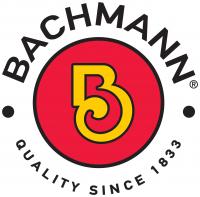
Bachmann USA
-
Barrie Stevenson
-

Bassett-Lowke
-

Berko
-

Busch
-

Cambrian
-

Clark Railworks
-

Corgi
-

Cornerstone
-

Dapol
-

DCC Concepts
-

Deluxe Materials
-

Dundas
-

Easy Model
-

Eckon
-

EFE Rail
-

EFE Road
-

Emhar
-

ESU
-

Exclusive First Editions
-

Faller
-

Fleischmann
-

Gaugemaster
-

Gecko Models
-

Golden Valley Hobbies
-

Graham Farish
-

Greenlight Collectibles
-

Heljan
-

HK Models
-

Hornby
-

Hornby International
-

Hornby TT:120
-

Humbrol
-

I Love Kit
-

Jouef
-

K&S Metals
-

Kadee
-

Kato
-
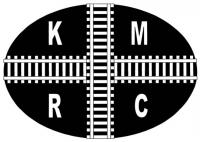
Kernow Models
-
Kestrel
-

Kibri
-

Lenz Digital
-
LightCraft
-

Liliput
-
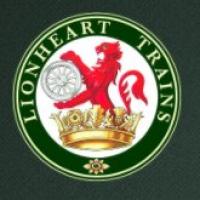
Lionheart Trains
-

Merit
-

Metcalfe
-

Middleton Press
-

Mirror Models
-
Miscellaneous
-

model scene
-

ModelMaker
-

Murphy Models
-

Noch
-

Oxford Diecast
-
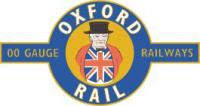
Oxford Rail
-
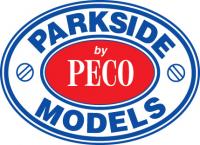
Parkside by Peco
-

PECO
-

Plastruct
-

Platform 5
-

PM Model
-

Preiser
-

Proses
-
RailMatch
-

Rapido
-

Ratio
-

Revell
-

Revolution Trains
-

Rivarossi
-

Roco
-

Roden
-

Scale Model Scenery
-

Scalextric
-
Shawplan
-

Slaters
-
Smiths
-

Springside
-
Star Tec
-
Strathwood
-

Superquick
-

Takom
-
Taliesin
-

Tillig
-
Tiny Signs
-

Toyway
-
Tracksetta
-

Train-Tech
-

TrainSave
-
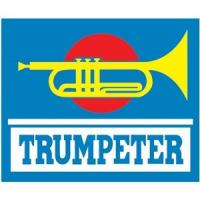
Trumpeter
-

Viessmann
-

Vollmer
-

Wills
-

Woodland Scenics
-

Xuron
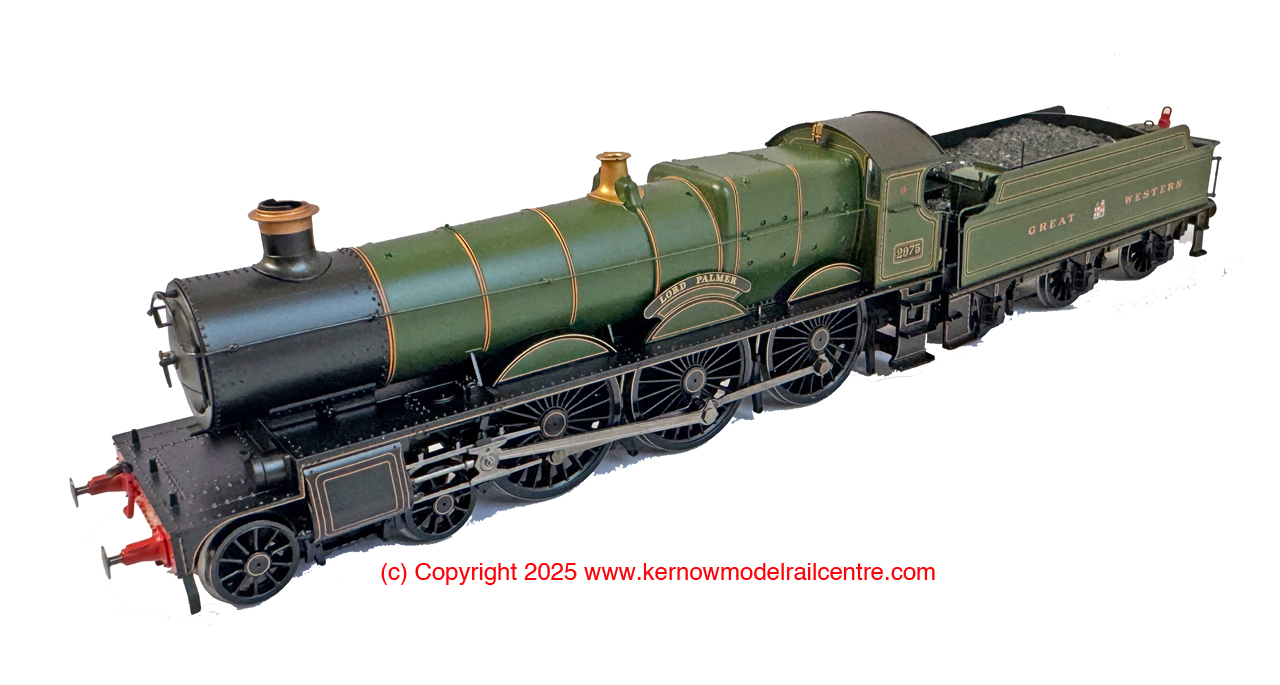

Connect with us socially

